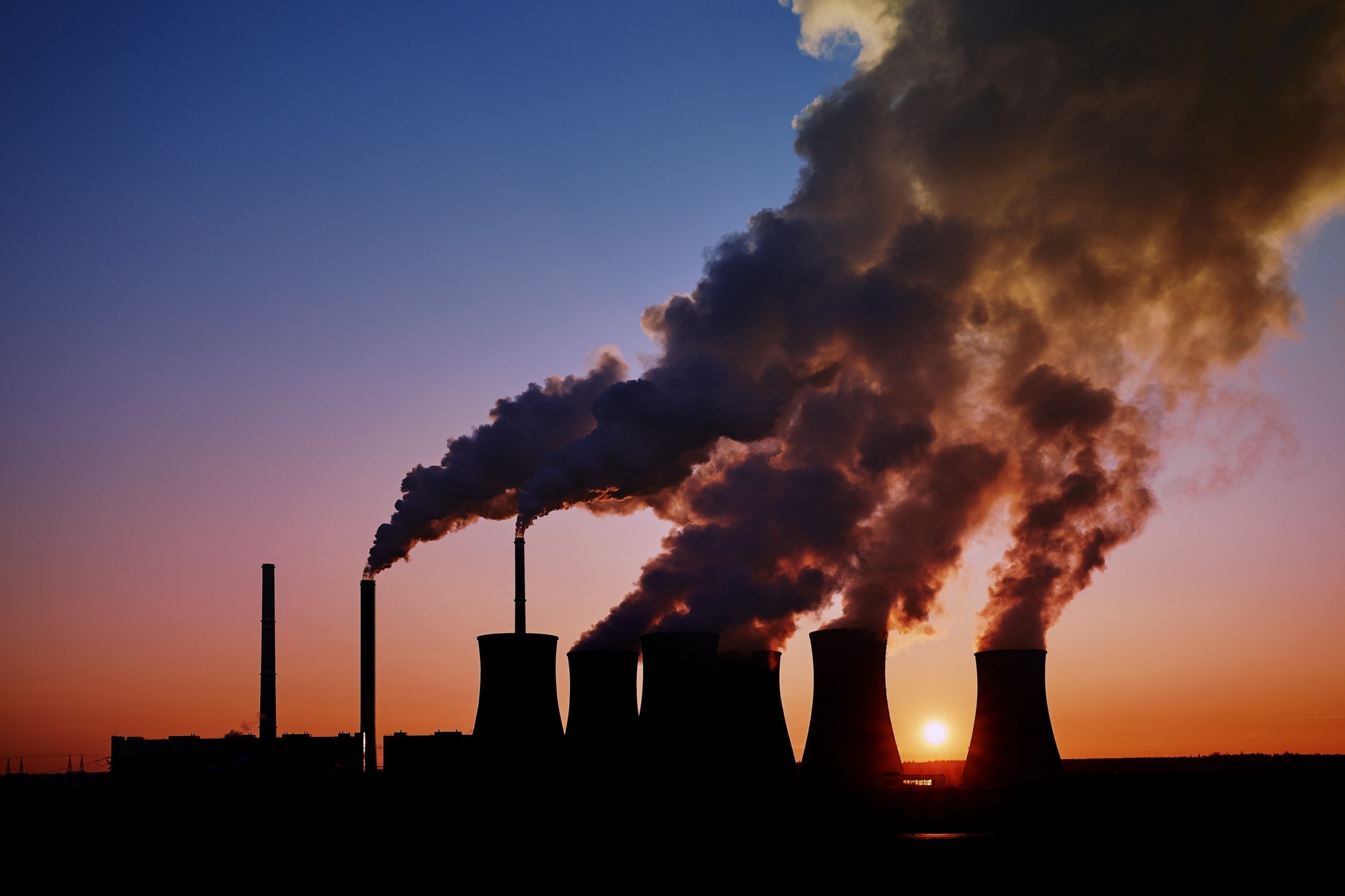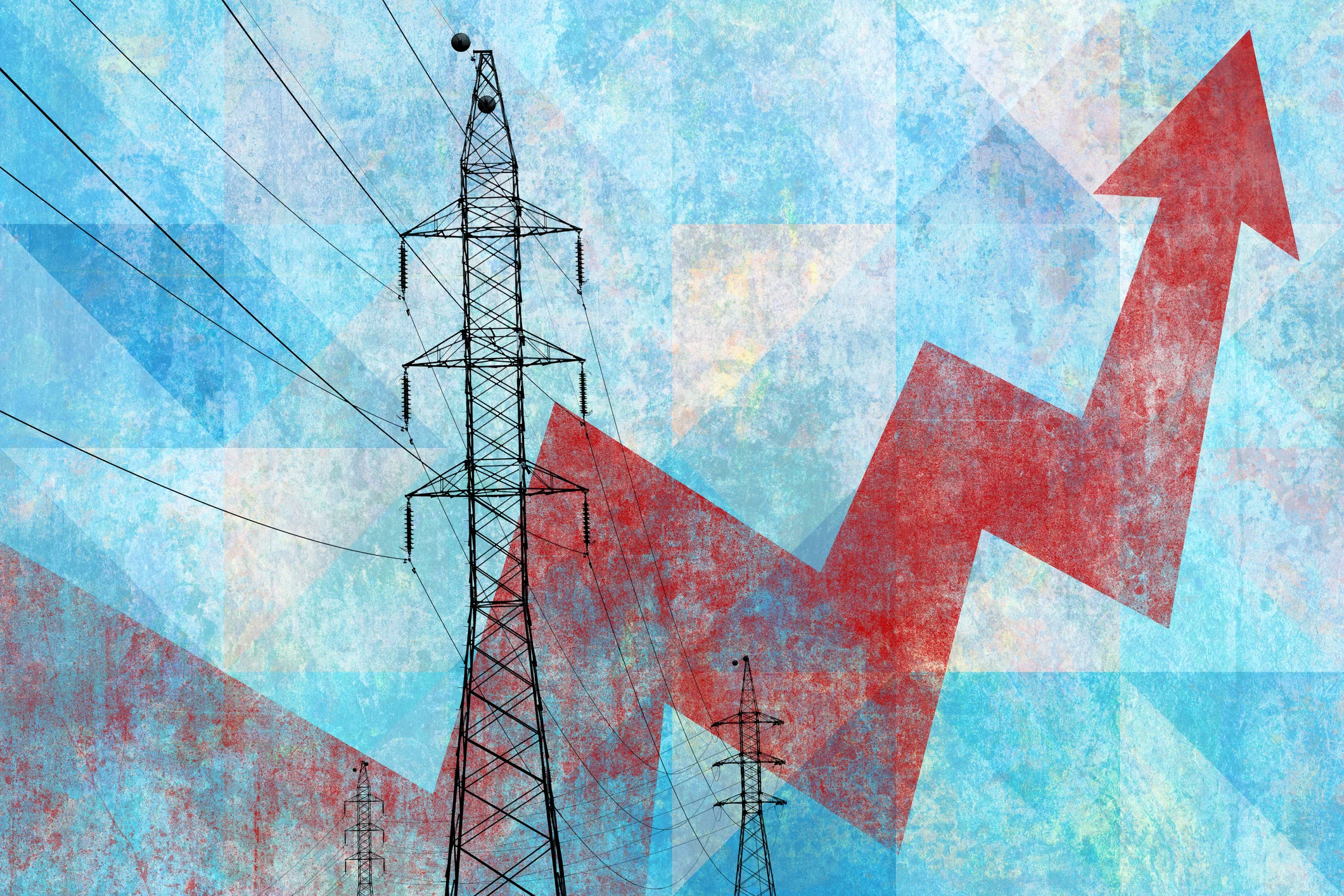Clean energy technology costs have reached a tipping point, according to two new studies released by the Rocky Mountain Institute. Carbon-free resources—combined with demand-side management—are now cost-competitive with building new natural gas plants, which will be uneconomic to operate after 2035.
If you don’t have time to read the reports, “The Growing Market for Clean Energy Portfolios” and “Prospects for Gas Pipelines in the Era of Clean Energy,” here are three key takeaways:
- “The past decade has seen a dramatic reduction in the costs of wind, solar, and storage technologies. At the same time, sophisticated utilities and market operators are increasingly able to procure grid reliability services from these non-traditional resources.”
- “The role of gas as a ‘bridge fuel’ is behind us; there are both significant cost savings opportunities if US utilities prioritize clean energy over continuing their present rush to gas, as well as existential risks facing investors that continue spending on new gas infrastructure.”
- “90% of this proposed capacity is more costly than equivalent clean energy portfolios and, if those plants are built anyway, they would be uneconomic to continue operating in 2035, well ahead of the ends of their planned economic lifetime. Continued investments in these power plants will present stranded cost risk for customers, shareholders, and society, while locking in 100 million tons of CO2 emissions each year.”
Tipping Point for Carbon Conclusion
Is the tipping point for carbon here? Research indicates that diverse energy portfolios are necessary to meet decarbonization efforts, while providing options for utility operators to meet demand. Through concerted demand flexibility initiatives and load management strategies like demand response, EV managed charging, and virtual power plants utilities can shift peak load to meet the rising demand brought on through electrification efforts and the increasingly volatile weather events brought on by climate change. Fortunately, capabilities like Topline Demand Control render the distributed energy resources (DERs) like solar, battery,
Subscribe & Learn More About the Evolving Energy Landscape





